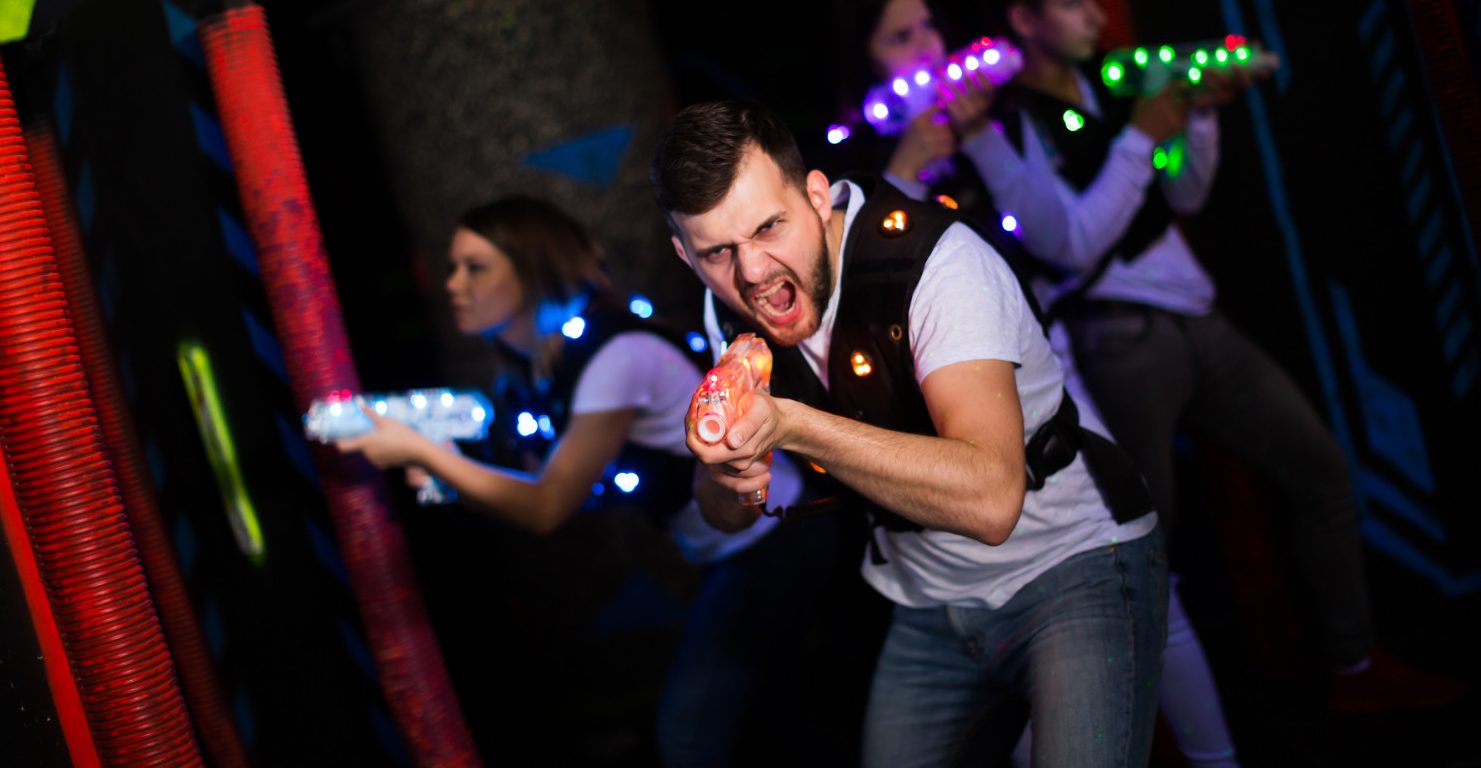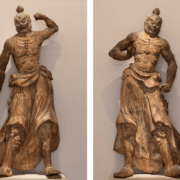Indians have the richest culture and tradition in the world, and their people have the largest cultural legacy. The classical dances of India—Bharatanatyam, Kathak, Kathakali, Odissi, etc.—are vital to the country’s culture. In this session, we’ll learn about the advantages of teaching Indian traditional dance to Indian kids all across the world. You can know more about classical dances of India after you understand the importance of exploring the variety of options available.
Why should one start learning Indian classical dance at a young age?
- Bonding with Indian culture
Most classical dances of India are often influenced by mythological writings and tales. One aspect of teaching dance is explaining its significance and history. The child gains knowledge of both the dances and the country’s histories during this process. These items let people connect and bond with the classical dances of India in ways they never imagined.
- Improving patience
Learning the classical dances of India takes a lot of effort and practice. But dancing instructors manage to hold the kids’ interest for a long time throughout both teaching and practice. It calls for perseverance and tolerance. A capable teacher can increase the dynamic and enjoyment of the learning process. These dance-related activities are enjoyable for kids and prevent boredom.
- Better concentration
To practice different hand gestures or body positions, one must exert mental effort. In order to maintain stability while performing a posture, the mind focuses on it. Because of this, the mind is compelled to pay greater attention to living in the moment and avoid daydreaming and worrying about other things.
- Develop greater respect and self-control
It instills discipline, one of the most important characteristics, in people. Understanding the importance of beats and the actions taken on each beat is crucial. The way that each guru instills this discipline is unique; some emphasize the importance of supplying the right beats, while others are a little stricter.
- Better coordination
It’s a widespread myth that the left side of the brain strengthens the right side while the right side of the brain controls the left half of the body. The classical dances of India help with eye and neck movements that are occasionally linked to torso movements, as well as the coordination of the left and right sides of the body. These workouts are introduced carefully and progressively. The dancer can react to outside stimuli more quickly due to better right-left brain synchronization.
- Enhances body flexibility
Coordination naturally leads to flexibility. Every muscle in the body is stretched out before dancing, this allows for easy motions, and with each dance, different muscles are pushed through different strains. Children’s flexibility will increase significantly with daily practice in classical dances of India.
- Promotes the child’s spiritual, mental, and physical growth
They enacted rules forbidding us from performing and expressing our culture so that we could recognise the presence of God in every single grain of food we have. Dancers understand the difference between the metaphysical and physical, and each performance presents a special chance for them to advance spiritually.
Conclusion
The ability to articulate oneself teaches many abilities that are essential nowadays, not just to impress potential employers with our resumes but also to actually learn anything. It’s not always necessary to learn lessons the easy or hard way, some things have nothing to do with resumes and cover letters. It is now up to you to decide how you want to impart these virtues to your child and how to engage their attention without causing them to display a bored or repulsed attitude. It will assist them in forming the link with India that you have been trying to because the India they picture is the one that is visible to them.











Comments